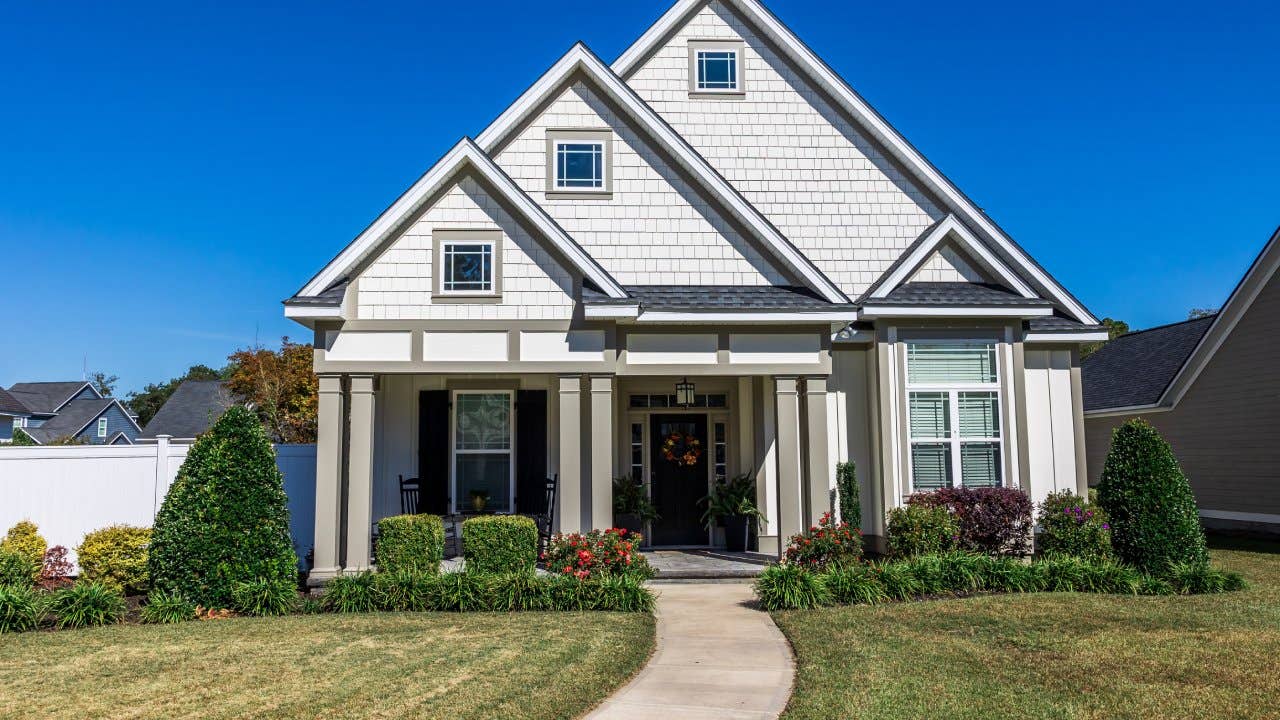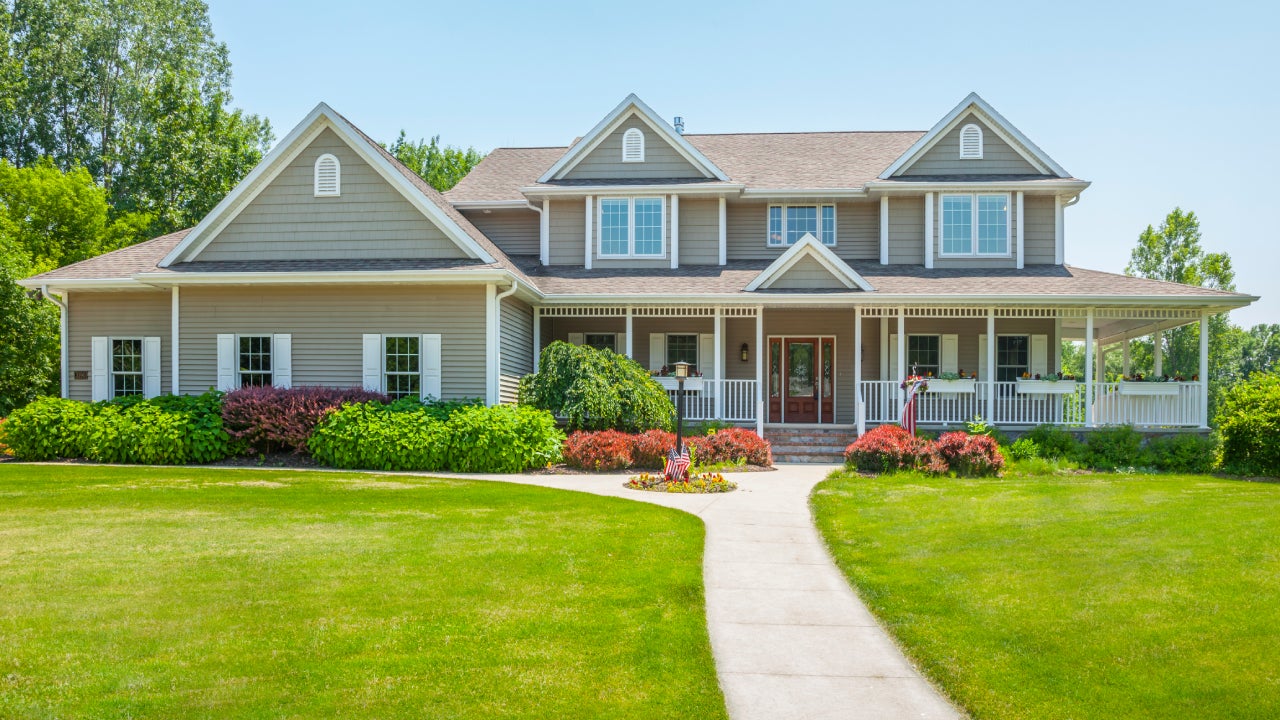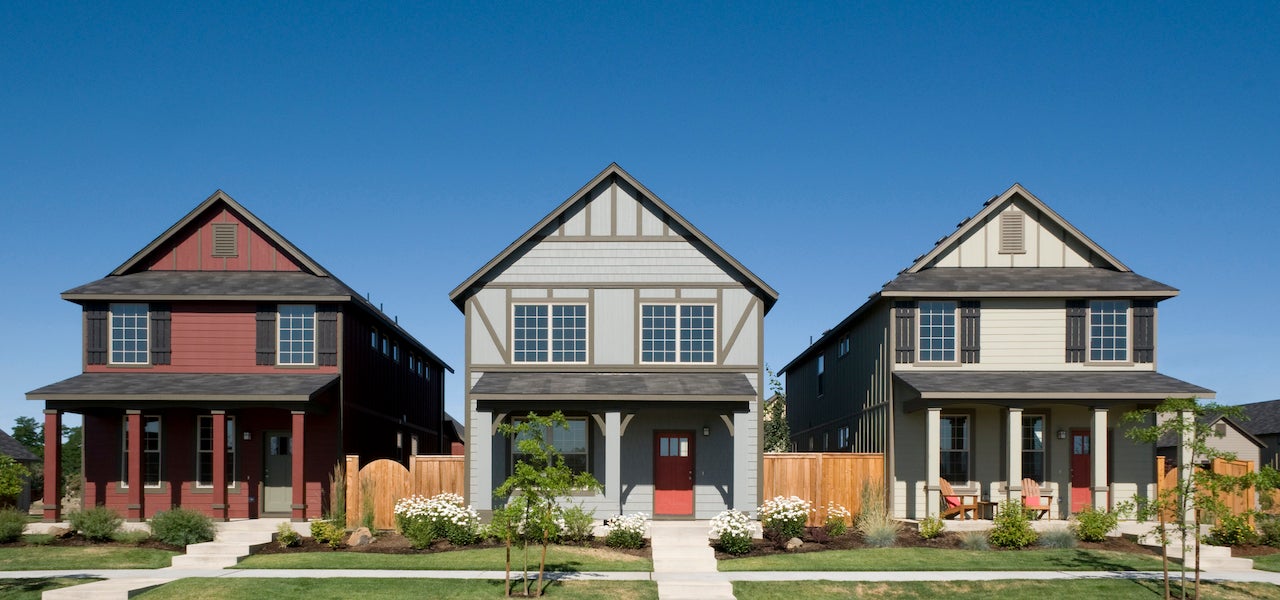What income do I need to afford a $600K house?

A $600,000 home budget can open up plenty of opportunities. It puts you in the top half of U.S. homebuyers, as the national median home price is significantly lower at $410,200. Whether you can afford that price tag, though, depends on a number of factors, including your income, down payment amount and mortgage interest rate.
Let’s use Bankrate’s mortgage calculator to figure out how much income is needed to afford a home at this price. Assuming you make a 20 percent down payment on a 30-year loan with a 6.5 percent interest rate, your monthly principal and interest payment will equal $3,033. Variable fees like property taxes, home insurance premiums and homeowners association fees (if applicable) will add more, so let’s approximate and up that figure to $3,700 per month. That comes to $44,400 annually.
A common housing-affordability rule of thumb recommends that you avoid spending more than about a third of your income on housing. So, triple that $44,400 to estimate the annual income you’ll need to comfortably afford a $600,000 purchase: $133,200. (Keep in mind, though, that this does not take into account the upfront money you’ll need for a down payment and closing costs.)
Income to afford a $600K house
Many experts recommend that prospective homebuyers abide by the 28/36 rule when evaluating how much house they can afford. This guideline states that you should spend no more than 28 percent of your income on housing costs, and no more than 36 percent of your income on debt payments overall.
Let’s see how the 28/36 rule applies to a $133,200 income. This salary equates to $11,199 monthly, and 28 percent of that is $3,108. Ideally, this is the maximum amount you should spend on your monthly mortgage payment (including principal, interest, property taxes, insurance premiums and, if applicable, HOA fees).
You should also be mindful of the 36 part of the equation. Take stock of your monthly debt payments including your mortgage costs, like car payments, credit card bills and student loans. Does it exceed the 36 percent mark? You don’t want to stretch your budget too thin.
Remember, the $3,108 figure doesn’t include the ongoing costs of homeownership, such as utilities, upkeep and maintenance. These expenses will vary based on your property’s size, type and location.
Remember, too, that your money goes further in some areas than others. On a $600K budget, you’ll have options in most markets — including popular locations like Austin, where the median home price is around $604,000 according to Redfin data, and Miami, where it’s $587,500. But in a smaller or less trendy market, the same price will buy you more house.
What factors determine how much you can afford?
When you’re buying a house, there’s a lot more to think about than just your annual salary and the price tag of the home. All these factors are important to consider, and will make a difference in how pricey of a place you can afford:
- Down payment: The amount that you pay upfront toward your home purchase has a direct correlation to the monthly cost of your home loan. The more you pay, the less you need to borrow, and thus the less interest you’ll pay over the life of the loan.
- Mortgage type: Conventional wisdom recommends a 20 percent down payment, which on a $600,000 home adds up to a hefty $120K. Be sure to study your options, though — many loans do not require 20 percent down, which reduces your upfront costs significantly (but typically increases your monthly payments).
- Credit score: What kind of mortgage loan you get, and at what interest rate, depends heavily on your credit score. A stronger score will help you qualify for a lower rate, which can save you thousands over the life of your loan.
- Loan-to-value and debt-to-income ratios: Your loan-to-value ratio, or LTV, measures your loan amount against the value of your home. And your DTI ratio is the sum of your monthly debt payments divided by your gross monthly income. Both are looked at closely by mortgage lenders.
- Financial assistance: If you’re feeling daunted by the upfront costs of purchasing a home, look into state and local down payment assistance programs in your area. You might not qualify as a high-income borrower, but if you do, they can go a long way toward making your homebuying goal achievable.
Stay the course until you close
While you wait for closing day, which could be weeks or even longer, avoid making purchases or major life changes that could have an affect on your credit score. You don’t want to give a lender any reason to reassess your finances this late in the game, so stay vigilant and don’t make large purchases (like a car), apply for new credit cards or switch jobs (if possible) until after you’ve closed.
Finally, remember that a professional real estate agent — especially one who knows your local market well — can help you with all this and more. At the $600,000 price point, you’ll have many options, and an agent’s expertise will be invaluable as you navigate the market.
FAQs
-
A $100K annual salary breaks down to about $8,333 per month. Applying the 28/36 rule, 28 percent of $8,333 equals $2,333. That’s notably less than our estimated monthly home payment on a $600,000 house, $3,700, so no, you probably cannot reasonably afford a home purchase of that amount on your salary.
-
According to Bankrate’s mortgage calculator, a 30-year mortgage on a $600,000 house with a 20 percent down payment and 6.5 percent interest rate will cost $3,033 per month in principal and interest. This figure can vary greatly based on your interest rate, and it will increase when you add in your local property taxes, homeowners insurance costs and HOA fees (if applicable). Add several hundred dollars per month, at least, to account for those variable expenses.
You may also like

What income do I need to afford an $800K house?

What income do I need to afford a $200K house?

What income do I need to afford a $300K house?



